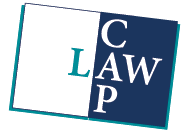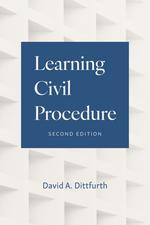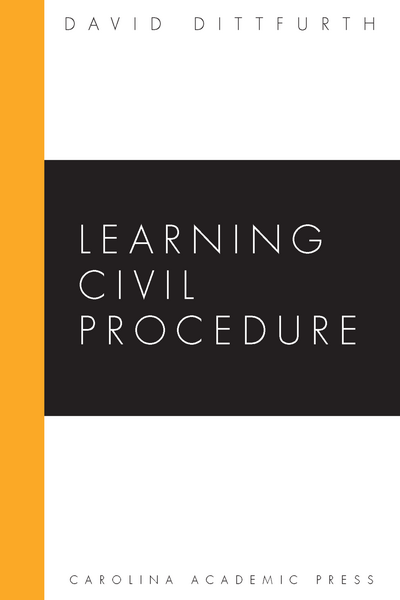This title has been replaced by a newer edition:
Learning Civil Procedure, Second Edition
2025, 464 pp, paper, ISBN 978-1-5310-2883-1
$58.00
Learning Civil Procedure
2007
Tags: Civil Procedure; First Year; and Lawyering Skills
410 pp $45.00
ISBN 978-0-89089-554-2
eISBN 978-1-5310-2876-3
In this book, Dittfurth uses various means to explain the issues of jurisdiction and procedure that arise in federal courts. The book describes the pertinent rules of as they operate in the processing of a case, and also features hypotheticals, with answers, to enhance the reader's understanding of the role played by a particular rule. In the broad sense, procedure is best understood in relation to the substance of litigation — that is, to the causes of action, remedies, and defenses that are the heart of a lawsuit. These substantive elements are used to make more understandable the processes used in adjudication.
Civil procedure is also useful as an introduction to the information and analytical skills prized in law school. This book gives beginning law students clear explanations of the various legal concepts they must master. An extensive glossary of legal terms is included that explains rather than merely defines those concepts.
The most confusing part of a law school initiation comes from the requirement that one learn how law is created and used in courts. A student's undergraduate education prepares him or her for simple research to find so-called "black-letter law." But a different skill — one that lawyers call legal reasoning, or, more precisely, legal advocacy — is required before a student understands how an advocate can distinguish an unfavorable legal authority and support the application of a more favorable one.
Comp Copy If you are a professor teaching in this field you may request a complimentary copy.



